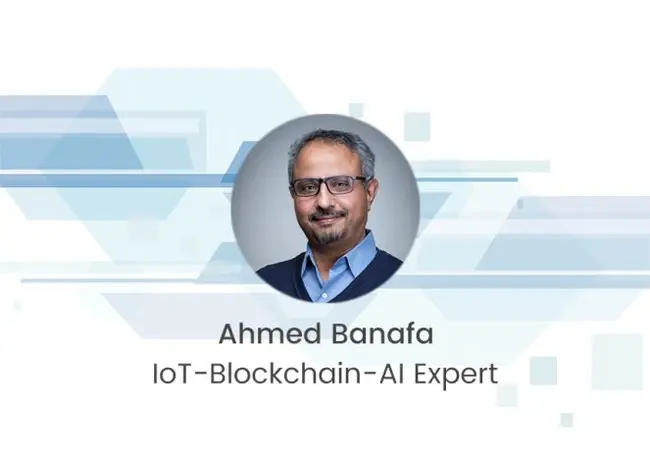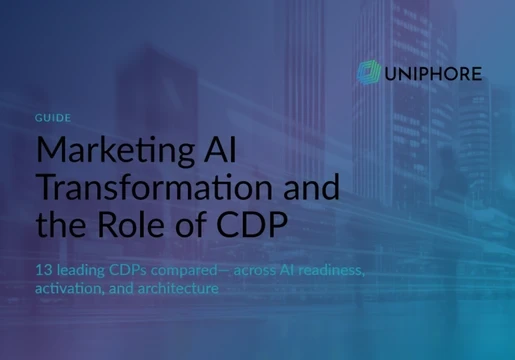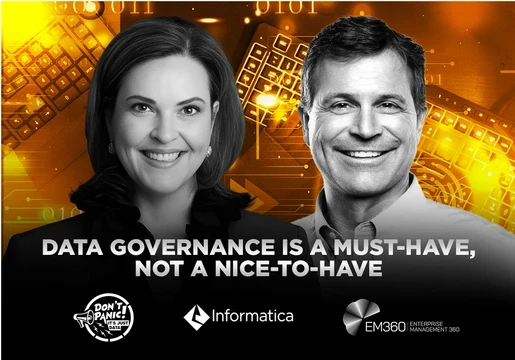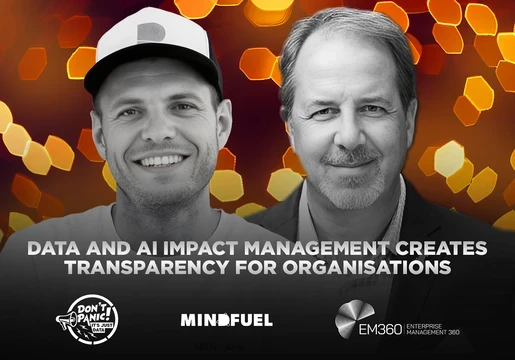If you were to operate a blockchain with all its encrypted data on a computer, you’d need large amounts of processing power. The hashing algorithms used to mine bitcoin blocks, for example, take a 'brute force' approach, which consists in systematically enumerating all possible candidates for the solution and checking whether each candidate satisfies the problem’s statement before verifying a transaction . Artificial intelligence (AI) affords us the opportunity to move away from this and tackle tasks in a more intelligent and efficient way. Imagine a machine learning-based algorithm, which could practically polish its skills in ‘real-time’ if it were fed the appropriate training data.

Creating Diverse Data Sets
Unlike AI-based projects, blockchain technology creates decentralised, transparent networks that can be accessed by anyone around the world in public blockchain networks situation. While blockchain technology is the ledger that powers cryptocurrencies, blockchain networks are now being applied to a number of industries to create decentralisation. For example, SingularityNET is specifically focused on using blockchain technology to encourage a broader distribution of data and algorithms, helping ensure the future development of AI and the creation of 'decentralised' AI. SingularityNET combines blockchain and AI to create smarter, decentralised AI blockchain networks that can host diverse data sets. By creating an application programming interface (API) of APIs on the blockchain, it would allow for the intercommunication of AI agents. As a result, diverse algorithms can be built on diverse data sets.
Data Protection
The progress of AI is completely dependent on the input of data – our data. Through data, AI receives information about the world and things happening on it. Basically, data feeds AI, and through it, AI will be able to continuously improve itself. On the other side, blockchain is essentially a technology that allows for the encrypted storage of data on a distributed ledger. It allows for the creation of fully secured databases which can be looked into by parties who have been approved to do so. When combining blockchain with AI, we have a backup system for the sensitive and highly valuable personal data of individuals. Medical or financial data are too sensitive to hand over to a single company and its algorithms. Storing this data on a blockchain – which can be accessed by an AI, but only with permission and once it has gone through the proper procedures – could give us the enormous advantages of personalised recommendations while safely storing our sensitive data.
Data Monetisation
Another disruptive innovation that could be possible by combining the two technologies is the monetisation of data. Monetising collected data is a huge revenue source for large companies, such as Facebook and Google . Having others decide how data is being sold in order to create profits for businesses demonstrates that data is being weaponised against us. Blockchain allows us to cryptographically protect our data and have it used in the ways we see fit. This also lets us monetise data personally if we choose to, without having our personal information compromised. This is important to understand in order to combat biased algorithms and create diverse data sets in the future . The same goes for AI programs that need our data. In order for AI algorithms to learn and develop, AI networks will be required to buy data directly from its creators, through data marketplaces. This will make the entire process a far fairer process than it currently is, without tech giants exploiting its users . Such a data marketplace will also open up AI for smaller companies. Developing and feeding AI is incredibly costly for companies that do not generate their own data. Through decentralised data marketplaces, they will be able to access otherwise too expensive and privately kept data.
Trusting AI Decision Making
As AI algorithms become smarter through learning, it will become increasingly difficult for data scientists to understand how these programs came to specific conclusions and decisions. This is because AI algorithms will be able to process incredibly large amounts of data and variables. However, we must continue to audit conclusions made by AI because we want to make sure they’re still reflecting reality. Through the use of blockchain technology, there are immutable records of all the data, variables, and processes used by AI for their decision-making processes. This makes it far easier to audit the entire process. With the appropriate blockchain programming, all steps from data entry to conclusions can be observed, and the observing party will be sure that this data has not been tampered with. It creates trust in the conclusions drawn by AI programs. This is a necessary step, as individuals and companies will not start using AI applications if they don’t understand how they function and on what information they base their decisions.
Conclusion
The combination of blockchain technology and AI is still a largely undiscovered area. Even though the convergence of the two technologies has received its fair share of scholarly attention, projects devoted to this groundbreaking combination are still scarce. Putting the two technologies together has the potential to use data in ways never thought possible before. Data is the key ingredient for the development and enhancement of AI algorithms, and blockchain secures this data, allows us to audit all intermediary steps AI takes to draw conclusions from the data, and allows individuals to monetise their produced data. AI can be incredibly revolutionary, but it must be designed with the utmost precautions. Blockchain can greatly assist in this. How the interplay between the two technologies will progress is anyone’s guess. However, its potential for true disruption is clearly there and rapidly developing.







Comments ( 0 )